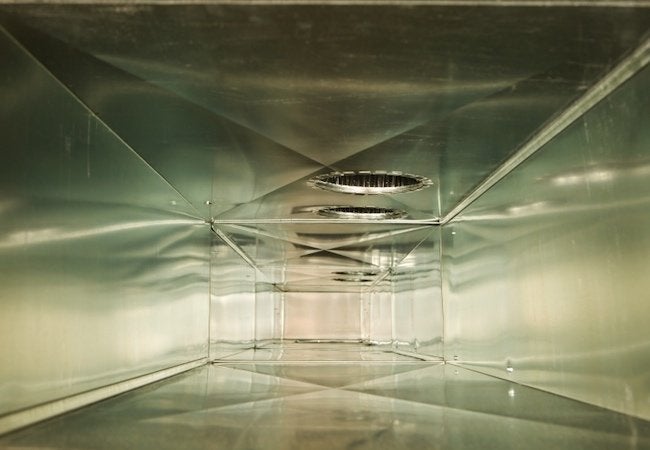Some argue that lint escaping from clothes dryer vents accumulation inside central air ducts and contributes to poor indoor air quality. However, other experts dispute any meaningful buildup of dryer lint in HVAC systems. More research is needed to resolve the debate.
The Argument for Dryer Vent Lint Buildup
Proponents of dryer vent lint accumulation in ducts point to:
- Circulation: HVAC systems circulate air throughout a home, potentially pulling in lint particles escaping from dryer vents.
- Size: Fine lint particles as small as 10 microns could be transported through ducts, registers and vents.
- No filters: Most forced air systems lack filters on supply vents, possibly allowing lint to enter ducts unimpeded.
- Visual evidence: Some claim to have seen visible lint buildup inside ducts after years of trapped particles circulating the system.
If significant amounts of dryer lint did accumulate in HVAC ducts over time, it could in theory contribute to:
- Allergens: Dryer lint contains textile fibers, dust mites and other allergens.
- Mold growth: Moist lint trapped in ducts could potentially harbor mold.
- System maintenance: Any meaningful buildup of lint could require more frequent duct cleaning.
The Counterargument Against Lint Buildup
However, experts disputing dryer lint accumulation point to:
- Airflow: High velocity air moving through ducts is unlikely to trap fine lint particles for long.
- Filtration: Even without inlet filters, HVAC fans and filters downstream catch most lint transported through ducts.
- Evidence lacking: Proponents provide no quantitative data measuring actual lint accumulation inside ducts over time.
- Unlikely scale: For lint to meaningfully impact air quality would require buildup on an industrial scale, these experts argue.
- Alternative causes: Other factors like duct leakage, insulation deterioration and infrequent duct cleaning likely contribute far more to indoor air issues.
In summary, while it is plausible in theory that dryer vent lint could accumulate in central air ducts over many years, experts disagree on whether buildup occurs at any meaningful level. We need more quantitative research – measuring actual lint concentrations inside ducts of homes over time – to resolve the debate and determine what impact, if any, escaped dryer lint has on HVAC systems and indoor air quality. Until then, the extent of dryer vent lint accumulating in ducts remains unclear.




No comment